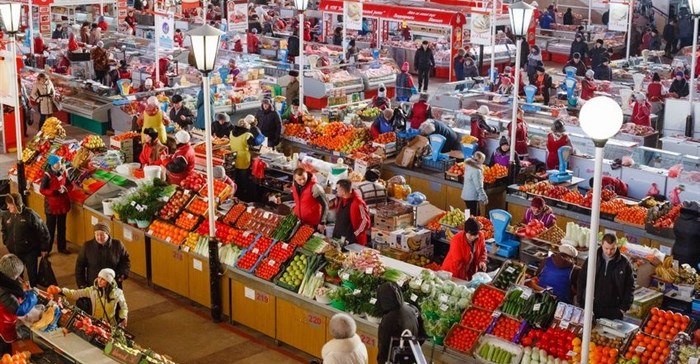
“Both consumers and the agricultural sector are at crucial turning points that will change the way that food is produced and consumed in the country. The one solid fact that is certain is that we will need to continuously produce more food to meet an ever growing demand. But, the type of food and the nature of its production must continuously adapt to meet consumers’ much more sophisticated needs.
Research shows that both population and economic growth are happening fastest in emerging economies. Projected economic growth, worldwide, is expected to lead to a reduction in absolute economic poverty. Globally, per capita income is projected to be multiples of todays. In theory, this means that more people will be able to afford food. In SA, social grants have played an important role in reducing the percentage of the population in absolute poverty, and increasing the demand for food subsequently agricultural production.
South Africa’s population has increased by approximately 15.5% in the past ten years along with a significant migration to the upper LSM levels. In the past five years, there has been a drop of 56% in marginalised consumers, a rise of 57% in emerging consumers, and a rise of 57% in established consumers. This has profound implications for agriculture, which will have to ensure that it can adequately cater for the more varied and a selective taste of a much larger market in the upper LSM levels than it has had to feed before.
As experienced in changing spending patterns in SA, this has led to increased demand for processed foods and more protein. We have seen upward trend in purchases of meat, dairy and eggs. Therefore, producers should position themselves to participate in the forecasted high growth industries, and/or integrate along the value chain.
Urbanisation is having a big impact on the distribution of agricultural produce. About 62% of the population is staying in the urban areas, and that number is expected to increase. While at the same time, most of agricultural production is in the rural areas. Therefore, most of the produce will have to be moved to the urban areas timeously and efficiently.
It, therefore, puts added pressure on the agricultural food chain and its logistics component, in terms of getting fresh food of high quality to urban centres on a daily basis. Focusing on efficiencies in the cold chain is therefore an integral part of the food value chain as the sector deals with perishable products. Logistics have to be managed efficiently such that food remains affordable.
Providing food for South Africa’s future is not going to be a straightforward exercise. The new global trend towards ecological intensification of agriculture, which focuses on using land, water, biodiversity, nutrients, and renewable energy efficiently and in ways that are regenerative, should be taken note of for agriculture to sustainably serve South Africa’s future agricultural produce demand.